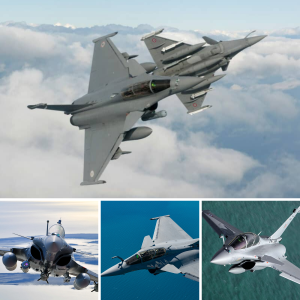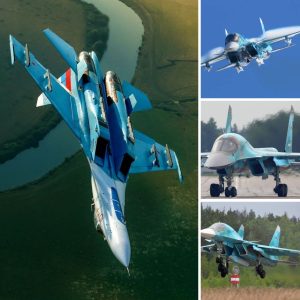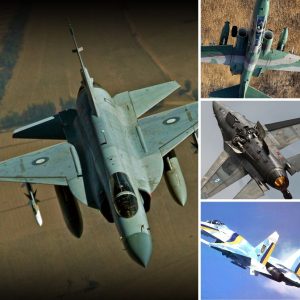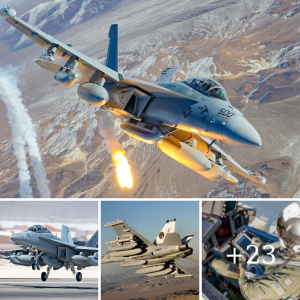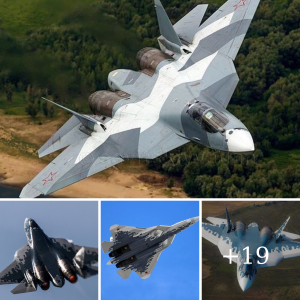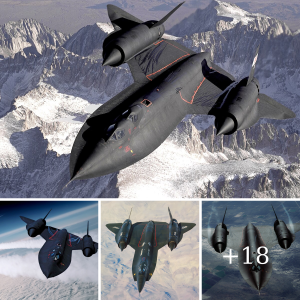The Chengdu J-20, often referred to as the “Mighty Dragon,” is China’s most advanced and formidable fighter jet. Developed by the Chengdu Aerospace Corporation for the People’s Liberation Army Air Force (PLAAF), the J-20 represents a significant leap in China’s military aviation capabilities. As a fifth-generation stealth fighter, it is designed to compete with the best aircraft in the world, such as the American F-22 Raptor and F-35 Lightning II. This article explores the strengths and capabilities of the Chengdu J-20, highlighting its design, technology, and strategic impact.

Origins and Development
The development of the J-20 began in the early 2000s as part of China’s broader efforts to modernize its military forces. The aircraft was first unveiled in 2011, and it made its maiden flight in January of that year. The J-20 officially entered service in 2017, marking a significant milestone in China’s aerospace industry. Its development has been shrouded in secrecy, with limited information available until its public debut.

Design and Features
The Chengdu J-20 is a twin-engine, multirole stealth fighter with a sleek, angular design optimized for stealth and aerodynamic performance. Its airframe is built using advanced composite materials that reduce radar cross-section, making it difficult for enemy radar systems to detect. The forward canards and delta wing configuration contribute to its agility and maneuverability, essential for air superiority missions.
One of the standout features of the J-20 is its internal weapons bay, which allows it to carry a variety of air-to-air and air-to-ground munitions while maintaining a low radar profile. This internal bay design reduces drag and further enhances its stealth characteristics. The aircraft is equipped with advanced avionics and sensor systems, including an Active Electronically Scanned Array (AESA) radar, which provides superior target tracking and engagement capabilities.

Stealth Capabilities
Stealth is a critical component of the J-20’s design. Its angular shape, composite materials, and careful attention to detail minimize its radar signature. The J-20 is designed to engage enemy aircraft and ground targets with minimal detection, giving it a significant advantage in both offensive and defensive operations. The stealth capabilities of the J-20 allow it to operate in contested environments where traditional aircraft would be vulnerable.
Advanced Avionics and Weapons
The J-20 is equipped with state-of-the-art avionics, including a sophisticated glass cockpit, helmet-mounted display systems, and advanced flight control systems. These technologies provide pilots with enhanced situational awareness and control, crucial for modern combat scenarios. The aircraft’s AESA radar system is one of its most powerful tools, capable of tracking multiple targets at long ranges and guiding precision-guided munitions to their targets.
The J-20 can carry a wide array of weaponry, including long-range air-to-air missiles, precision-guided bombs, and anti-ship missiles. This versatility allows it to perform a variety of roles, from air superiority and interdiction to ground attack and maritime strike missions. Its internal weapons bay and underwing hardpoints give it the flexibility to adapt to different mission requirements.

Strategic Impact
The introduction of the J-20 has significant implications for regional and global military balances. As China continues to assert its influence in the Asia-Pacific region, the J-20 provides the PLAAF with a potent tool to challenge rival air forces and project power. Its capabilities make it a key asset in China’s efforts to establish air superiority and protect its interests in contested areas such as the South China Sea and Taiwan Strait.
The J-20’s presence also influences the strategic calculations of other nations. Countries in the region, as well as the United States, must consider the J-20’s capabilities when planning their own military strategies and procurement decisions. The J-20’s development has spurred advancements in air defense systems and prompted rival nations to accelerate their own fifth-generation fighter programs.

Conclusion
The Chengdu J-20 “Mighty Dragon” is a testament to China’s growing prowess in aerospace technology and military capabilities. Its advanced design, stealth features, and formidable avionics make it one of the most capable fighter jets in the world. As the J-20 continues to evolve and integrate into the PLAAF, it will play a critical role in shaping the future of aerial combat and regional power dynamics. The Mighty Dragon is not just a symbol of China’s technological advancements but a strategic asset that will influence global military affairs for years to come.
